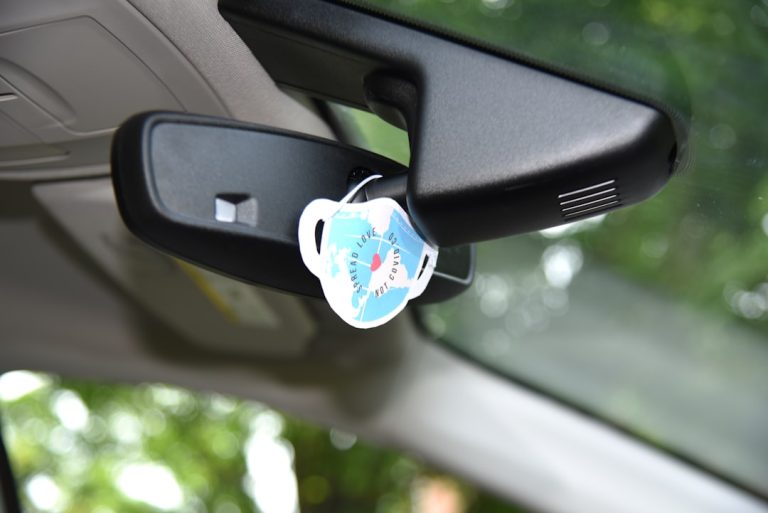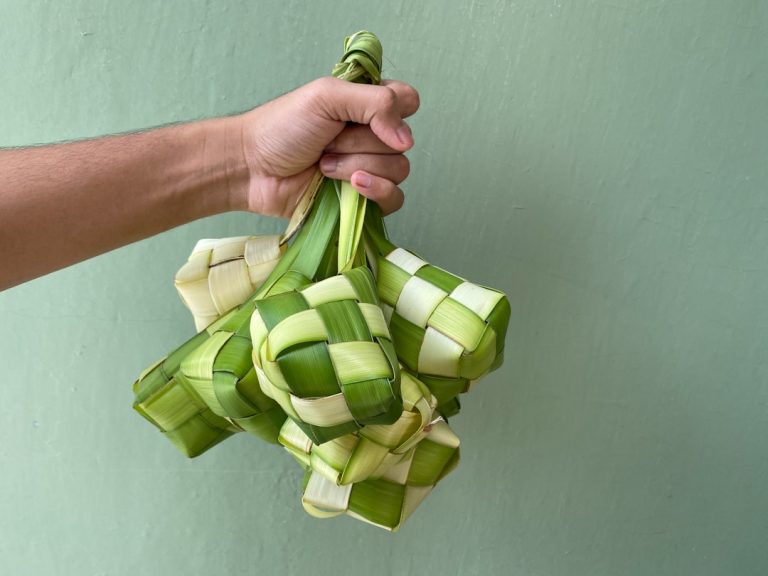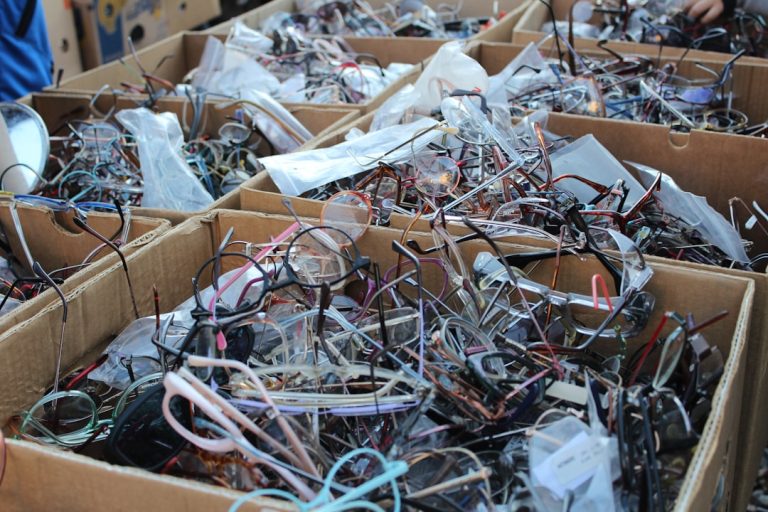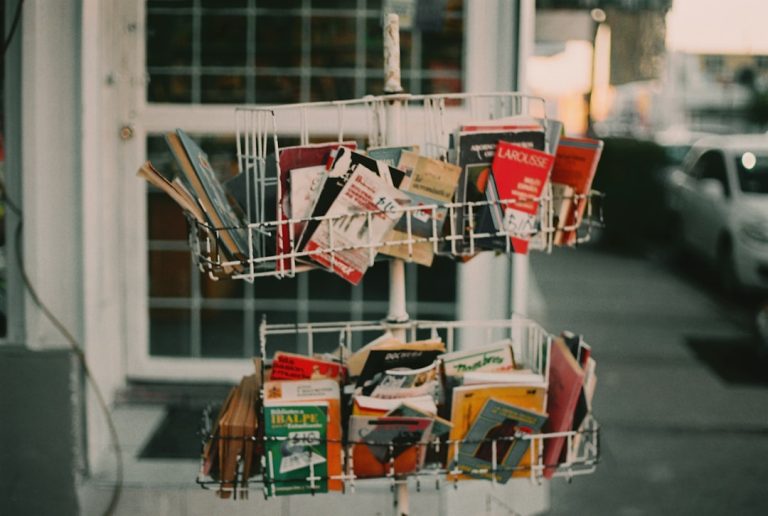My Experience with Reusable Food Wraps (beeswax Vs. Silicone).
My Experience with Reusable Food Wraps (Beeswax Vs. Silicone)
Like many of you, I grew tired of the endless cycle of plastic wrap and aluminum foil. Every time I reached for a fresh roll, a little part of me cringed at the thought of more waste destined for a landfill. That’s when I decided it was time for a change, a real commitment to a more sustainable kitchen. My journey into the world of reusable food wraps led me to two main contenders: beeswax wraps and silicone wraps. What started as a simple swap quickly turned into a fascinating, hands-on experiment in practical sustainability. I’ve lived with both for a good while now, and I’m ready to share my honest, day-to-day experience, detailing the highs, the lows, and everything in between, to help you navigate your own eco-friendly food storage choices.
My First Foray into Reusable Wraps: The Initial Buzz (Beeswax) and the Smooth Roll (Silicone)
When I first dipped my toes into the reusable wrap pool, the allure of beeswax wraps was undeniable. They felt so natural, so artisanal. I bought a starter pack with various sizes – small for half an avocado, medium for a cheese block, and large for covering a bowl. The moment I held one, I was struck by its unique texture: slightly tacky, a little stiff but pliable with the warmth of my hands, and that faint, sweet scent of beeswax. It felt like a tangible connection to nature, a far cry from the synthetic feel of plastic wrap.
Getting a Grip with Beeswax: The Learning Curve
My initial attempts to wrap things with beeswax were, shall we say, a bit clumsy. It’s not like plastic wrap that just clings. Beeswax wraps require a bit of warmth from your hands to soften the wax, allowing you to mold it around food or over a bowl. You then press the edges firmly to create a seal. For items like half an apple or a block of cheese, it worked like a charm. The wrap conformed beautifully, creating a snug, breathable cover. However, trying to cover a bowl of leftover curry was a different story. The edges needed more coaxing, and I quickly learned that a truly airtight seal wasn’t their strong suit, especially for liquids.
Embracing Silicone: The Modern Alternative
Around the same time, I also invested in a set of silicone wraps and stretch lids. These felt entirely different. Smooth, stretchy, and completely odorless, they immediately struck me as a more modern, perhaps more practical, solution. The stretch lids, in particular, were game-changers for bowls. They stretched over various sizes, creating a surprisingly tight, almost vacuum-like seal. The silicone wraps, on the other hand, functioned more like cling film, but with significant weight and reusability. They clung to themselves and smooth surfaces with impressive tenacity.
My first impression of silicone was its sheer versatility for covering containers. No more struggling with plastic wrap that never quite sticks to the ceramic bowl! It was a revelation for meal prepping and storing saucy leftovers. The wraps themselves, while less “charming” than beeswax, felt incredibly durable and ready for anything.
Daily Grind: How Beeswax Wraps Handled My Kitchen Chaos
After the initial novelty wore off, it was time for these wraps to prove their worth in the everyday hustle of a busy kitchen. My beeswax wraps quickly found their rhythm with certain types of food. They were fantastic for wrapping sandwiches for lunchboxes, keeping bread fresh, and covering cut fruits and vegetables like apples, lemons, and cucumbers. The breathable nature of beeswax seemed to be a real advantage here; my produce didn’t get slimy or sweat as it sometimes did in plastic.
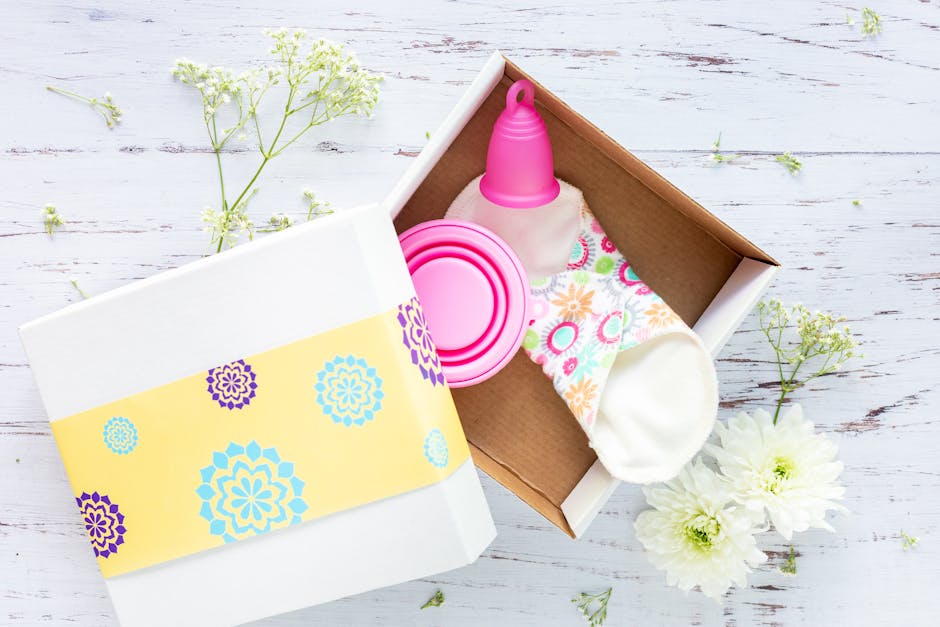
The Beeswax Sweet Spot: Bread, Cheese, and Dry Goods
I found beeswax wraps excelled at keeping bread fresh for days, far better than a plastic bag. Cheese, too, seemed to thrive in its beeswax cocoon, avoiding that dry, crusty edge while still breathing. Baked goods like muffins or cookies stayed soft and delicious. The more I used them, the more intuitive the molding process became. It wasn’t always a perfect seal, but for foods that benefit from a little airflow, like herbs or mushrooms, it was ideal.
However, there were definitely limitations. Anything oily, greasy, or with a strong odor was a no-go. Raw meat, highly acidic fruits (like pineapple), or anything very wet would either stain the wrap, compromise its wax coating, or simply not get the seal it needed. I quickly learned to avoid wrapping anything too moist, as it would sometimes leave a damp residue on the wrap, making cleaning more challenging and potentially shortening its lifespan.
Silicone’s Sturdy Stand: A Look at Its Everyday Performance
Silicone, on the other hand, became my go-to for liquids, strong smells, and anything that needed an absolutely airtight seal. The stretch lids were phenomenal for covering bowls of soup, stew, or salad. I could even stack bowls in the fridge without worrying about spills. The silicone bags were perfect for marinating chicken or storing chopped vegetables, as they created a leak-proof barrier that beeswax simply couldn’t match.
The Silicone Powerhouse: Liquids, Leftovers, and Freezer-Friendly
One of silicone’s biggest advantages was its tolerance for extreme temperatures. I could put a silicone bag straight from the fridge into the microwave (vented, of course) or store leftovers in the freezer without a second thought. This flexibility made meal prep and storing large batches of food incredibly convenient. Strong-smelling foods like onions or garlic could be sealed away without their aroma permeating the entire fridge, a significant win for household harmony!
The silicone wraps, similar to cling film but thicker, also proved useful. They were great for wrapping half a melon or covering a plate of food before reheating. While they didn’t have the charming aesthetic of beeswax, their practical, heavy-duty performance was undeniable. The only minor drawback I found was that sometimes, especially with the stretch lids, getting a perfectly smooth, bubble-free seal could take a moment of repositioning, but once it was on, it stayed on.
The Great Wash-Up: Cleaning and Caring for Both Materials
Maintenance is a crucial part of any reusable product, and my experience with cleaning these wraps varied significantly.
Beeswax Wrap Care: Gentle Hands Required
Cleaning beeswax wraps is a delicate process. They must be washed by hand with cold water and a mild dish soap. Hot water will melt the wax, ruining the wrap. I found a soft sponge or cloth worked best to gently wipe away food residue. After a quick rinse, they need to air dry, usually on a dish rack or hanging over a line. This process is straightforward but does require a bit more attention and patience than just tossing something in the dishwasher. If I wrapped something particularly sticky, like a piece of dough, it sometimes required a bit more careful scrubbing, which could wear down the wax over time. I learned to be mindful of what I wrapped to extend their life.
Silicone’s Easy Maintenance: Dishwasher Dream
Silicone wraps and lids, on the other hand, are incredibly easy to clean. Most are dishwasher-safe, which is a huge time-saver. For items I hand-washed, warm soapy water and a quick scrub were all it took. They don’t absorb odors or stain easily, so even after storing tomato sauce, they came out looking pristine. This ease of cleaning made silicone a clear winner for high-frequency use, especially for messy foods.
However, one minor annoyance with silicone, particularly the bags, is that they can sometimes retain a slightly soapy smell if not rinsed thoroughly, or if they’re left to air dry in a humid environment. A quick soak in a baking soda solution occasionally helped to refresh them.
Longevity and Value: Which Wrap Wins the Long Game?
Investing in reusable products is also about their durability and overall value over time. Both types of wraps offer significant savings compared to continually buying disposable options, but their lifespans differ.
Beeswax Wrap Lifespan: A Journey of Renewal
My beeswax wraps typically lasted about

